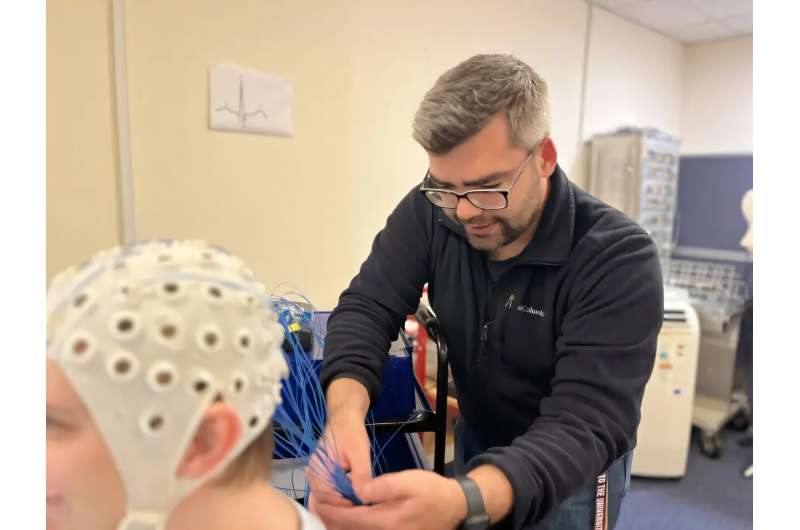Imagine you’re stuck between two bad options—like having to choose between doing a presentation you’re dreading or failing a class. That uncomfortable feeling of being trapped between two things you want to avoid is called “avoid-avoid conflict,” and it’s closely linked to anxiety. When this happens, your brain has measurable responses that researchers can now study.
Benjamin Stocker, a Ph.D. student in the University’s School of Psychology, Sport and Health Sciences, created a video game-like task he coded himself, where 40 young adults (aged 18–24) had to use a joystick to avoid threatening objects on a screen. Sometimes the task was easy (low conflict), and sometimes it put players in impossible situations where they had to choose between two bad outcomes (high conflict).

